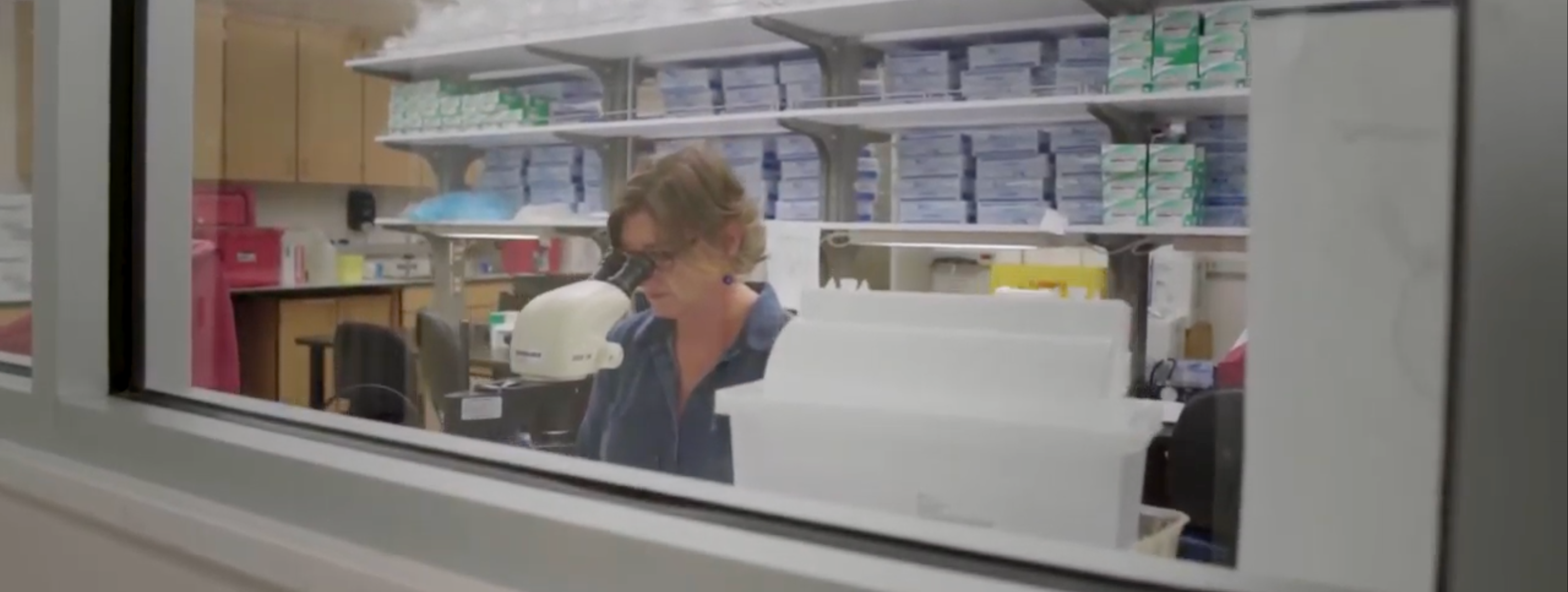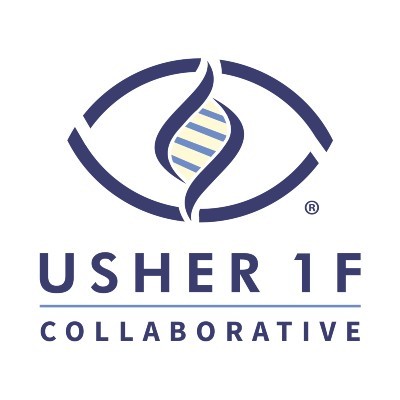
Areas of Focus
- Gene therapies would likely halt further retinal degeneration and possibly restore some vision already lost.
- Gene replacement: Similar to Luxturna, the first FDA-approved gene therapy for an inherited retinal disease, the entire mutated gene is replaced with a good copy. Because the Usher 1F gene is too large to fit on a single viral vector, which is the delivery mechanism, our researchers are developing two different approaches:
- Splitting the gene into two pieces, with the two pieces reassembling once in the eye
- Mini genes, comprised of only those parts of the gene necessary for vision
- Gene editing:
- CRISPR-Cas9, which would snip out the mutated portion and insert a corrected piece
- Prime editing, which is similar to erasing the mutation and writing in the correct genetic sequence.
- Gene replacement: Similar to Luxturna, the first FDA-approved gene therapy for an inherited retinal disease, the entire mutated gene is replaced with a good copy. Because the Usher 1F gene is too large to fit on a single viral vector, which is the delivery mechanism, our researchers are developing two different approaches:
- Drug therapies:
- Retinal cell protection
- Those that will cause the genetic mutation to be ignored.
- Stem cell therapies: New retinal cells replace the damaged photoreceptor cells in the retina. One of our Usher 1F researchers is developing those made from the patient’s own skin cells.

Usher 1F Protocadherin 15 gene
Credit: Marcos Sotomayor, A Mechanically Weak Extracellular Membrane- Adjacent Domain Induces Dimerization of Protocadherin-15
